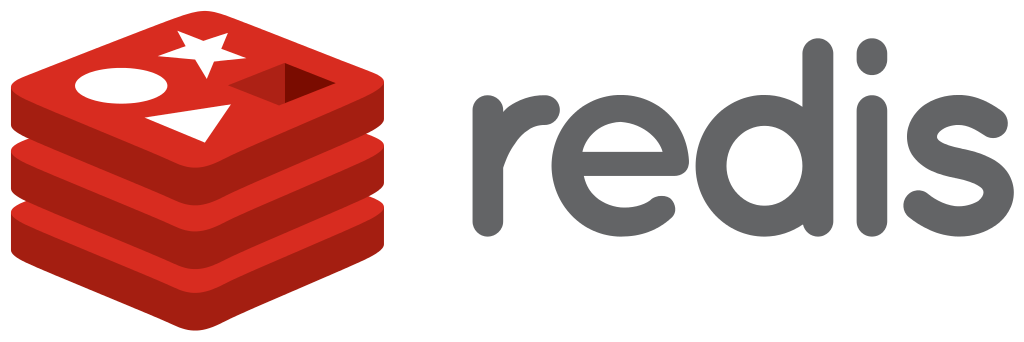Cache
A Redis instance is required by Requarks for multiple purposes:
- User Session store
- Cache for frequent queries
- Application data cache
What is Redis?

Redis is an open source, in-memory data structure store, used as database, cache and message broker. It's insanely fast for storing and fetching temporary data and make the site feel more responsive.
Solutions
You can either host Redis yourself (don't worry, it's easy!) or use a cloud-based provider, e.g.:
Wait a minute...
If you're new to Redis, you might wonder why the capacities offered by cloud providers are so small. While databases can grow in the gigabytes, Redis cache instances usually stay in the megabytes range. Keep in mind that we only store small, temporary data in Redis. Therefore, there's no large capacity requirements in this case.
500 MB - 1GB should be enough for users.
Geography Considerations
If using a cloud-based Redis service, it is highly recommended to create Redis instance in the same region as where Requarks is hosted. If Requarks is hosted in another location, use the closest region.
Installation
If you decide to host Redis on your own server(s), go the Redis website and download the latest build.
Note that while Redis is linux-based, Microsoft provides an official port which can be installed on Windows.
Follow the instructions provided on the respective download pages to get it up and running. You should be up and running in a matter of minutes.
Frequently Asked Questions
What is the standard port for Redis?
Redis usually listens to port 6379 for non-SSL and port 6380 for SSL connections.
Is memcached supported? Why not use memcached instead?
Short answer: No. Memcached, while relevant in some applications, is old and doesn't provide the same functionalities and features available in Redis.
Updated less than a minute ago
